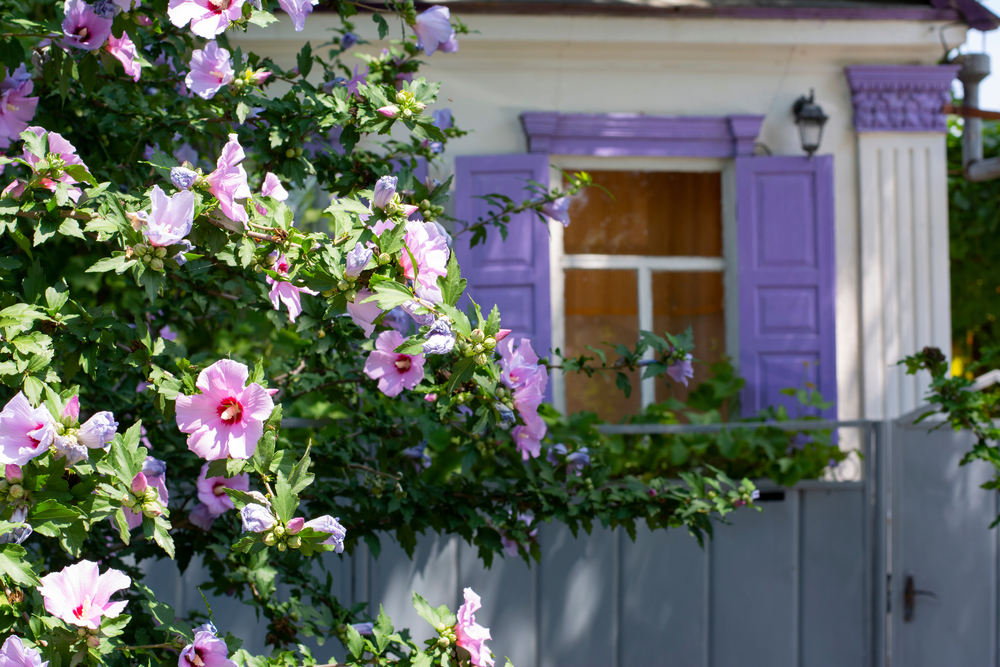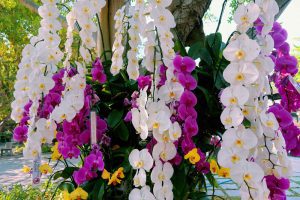The national flower of Haiti is the hibiscus, a flower that needs warm or tropical climates to flourish. As the second most populated country of the Caribbean islands, Haiti is an ideal location for hibiscus to grow.
The hibiscus is a stunning plant with bright and beautiful flowers and is a flower that has cultural significance in many countries.
Haiti’s national flower is the yellow hibiscus, the Hibiscus brakenridgei.
Haitians love the hibiscus as their national flower, and its significance is both symbolic and physical. The hibiscus plant is used daily by Haitians in tea and many foods.
The Haitians consider this flower to be one that emits divinity and higher spirituality. It is often offered by Haitians to their gods in celebration and in mourning.
It is also frequently used as a flower to honor women. Learn more about the national flower of Haiti here.
Table of Contents
Does the Hibiscus have other names in Haiti?

The hibiscus has a number of different names, and Haiti has a few different ones for their national flower. As a member of the mallow family of flowers, the hibiscus is often called the rose mallow.
It is also called the rose cayenne when translated from the Haitian language.
These names come from the colors of the hibiscus, some of which are the color of a pink rose. The most popular colors of hibiscus are yellow, pink, red, and white.
Some hibiscus are also purple. Combinations of these colors of hibiscus can also create a rose hue, which lends to the many rose variations of the hibiscus name.
What is the meaning of Haiti’s national flower?
The hibiscus has many special meanings in Haiti. In one sense, it is a flower that is offered to women to honor their femininity.
It is a beautiful flower as well, with each blossom seeming more unique than the next. In some cases, when a hibiscus is offered to a woman by a man, he is telling her that she may be the perfect wife, or in his mind, the perfect woman.
In the Victorian period in Haiti, when a woman received a hibiscus from a man, he was sending her the message that he thought she was a precious beauty.
In some cultures, hibiscus embodies the energy of a celebrity’s beauty and fame, and when given, the message to the recipient is that the person is very special.
The energy is very similar in Haiti, and this is a national flower that does not go without sacred celebration in every way.
What is the habitat of Haiti’s national flower?
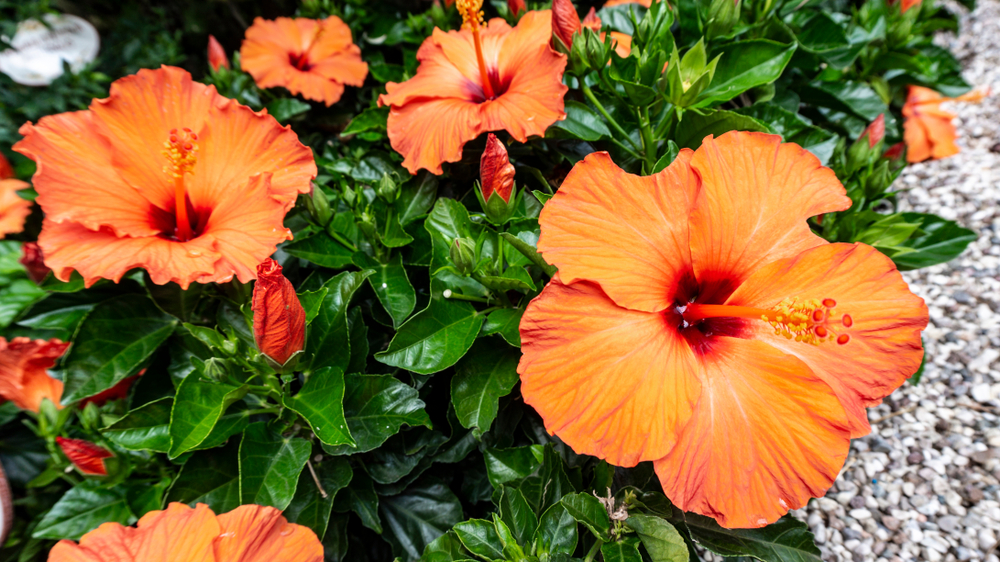
The hibiscus is a member of the mallow family, known as Malvaceae. This is a genus with very large blossoms. There are also hundreds of species of the hibiscus plant and flower.
The habitat for this flower overall is tropical and subtropical. The plant thrives and produces the biggest blossoms in a climate that is temperate and tropical.
These flowers can grow as high as 4.5 meters or 15 feet tall. When you look closely at hibiscus blossoms, you may very well see hummingbirds, as these small creatures love the hibiscus’ large flowers.
The Malvaceae genus is one that can be both annual and perennial flowers. It is a genus that can give birth to both shrubs and trees and the Hibiscus flower.
Many in the Hibiscus family are considered to be ornamental in nature, though in Haiti, the Hibiscus is used for many things.
What is the symbolism of Haiti’s national flower?
The symbolism of the Hibiscus has a strong feminine connotation to it that all Haitians revere and look up to. It is frequently associated with the Hindu goddess Kali, who is offered hibiscus by the Haitians.
Younger generations of Haitian girls will wear the hibiscus when they are signaling they are ready to begin dating.
Older women in Haiti that are in mixed company will tuck a hibiscus behind their ear when they want to send a signal about their relationship status. If it is behind the right ear, she is a single lady.
How do Haitians celebrate their national flower?
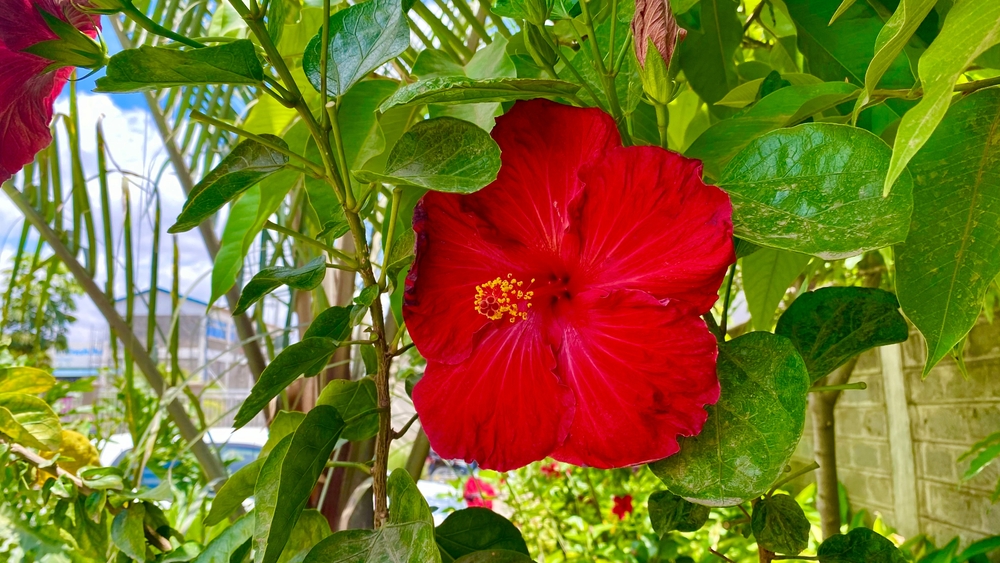
Haitians celebrate their national flower through many ceremonies and circumstances. They use it in many foods and drinks for both medicinal purposes and also because they enjoy the taste.
Hibiscus tea is a staple in Haiti, and they also enjoy using it in sauces and soups.
Although yellow is the color of the official national flower, each color of hibiscus means something different to Haitians. White Hibiscus is given or planted to honor traditional symbols of purity and light.
Yellow, the national color, is one that the Haitians associate with brightness and luck.
They also associate it with abundance and prosperity. Pink hibiscus means friendship, while red hibiscus symbolizes passion.
All of these symbols are used by the Haitians with each other, and visitors when they are trying to send messages with their national flower.
How do Haitians use the hibiscus daily life?
There are a number of ways that Haitians may enjoy hibiscus daily, and tea is the most common.
They also dry it and turn it into edible products, including sauces, dessert, and candy.
Hibiscus is commonly used for medicinal purposes as well. Haitians believe that it lowers blood pressure and helps to reduce cholesterol.
It also contains a large number of vitamins and antioxidants and is considered a very healthy plant to eat.
Hibiscus is also believed to cure the common flu but is to be avoided by pregnant and nursing women. In some areas of the world, a hibiscus a day keeps the doctor away.
Discover Haiti’s national flower
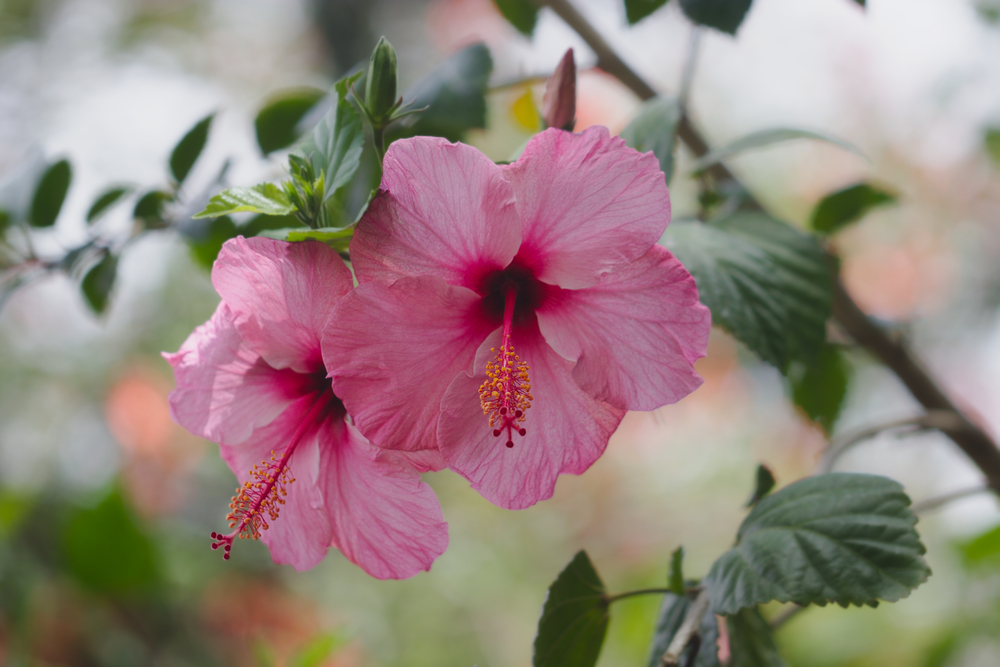
The national flower of Haiti is the yellow hibiscus.
Still, every color of the Hibiscus is honored in Haiti, with Haiti connecting their national flower to the celebration and honoring of women across their nation.
Haiti is not the only country that uses the hibiscus as a national flower. South Korea and Malaysia also have hibiscus as the national flower, and Hawaii has it as their state flower.
This is a flower with a power that goes beyond its overflowing petals, and the country of Haiti has been recognizing that for centuries.

